Washing machines have grown smarter and more complex over the past two decades. Digital panels, multiple sensors, and software-driven cycles help improve efficiency, but they also introduce the occasional glitch. Homeowners often find themselves asking how to reset washing machine models when the control panel freezes, lights blink unexpectedly, or error codes appear. In many cases, a simple reset restores functionality, clears temporary faults, and avoids the need for an immediate repair call. This article explains when and how to reset your washer, why resets work, and when professional service is the better choice.
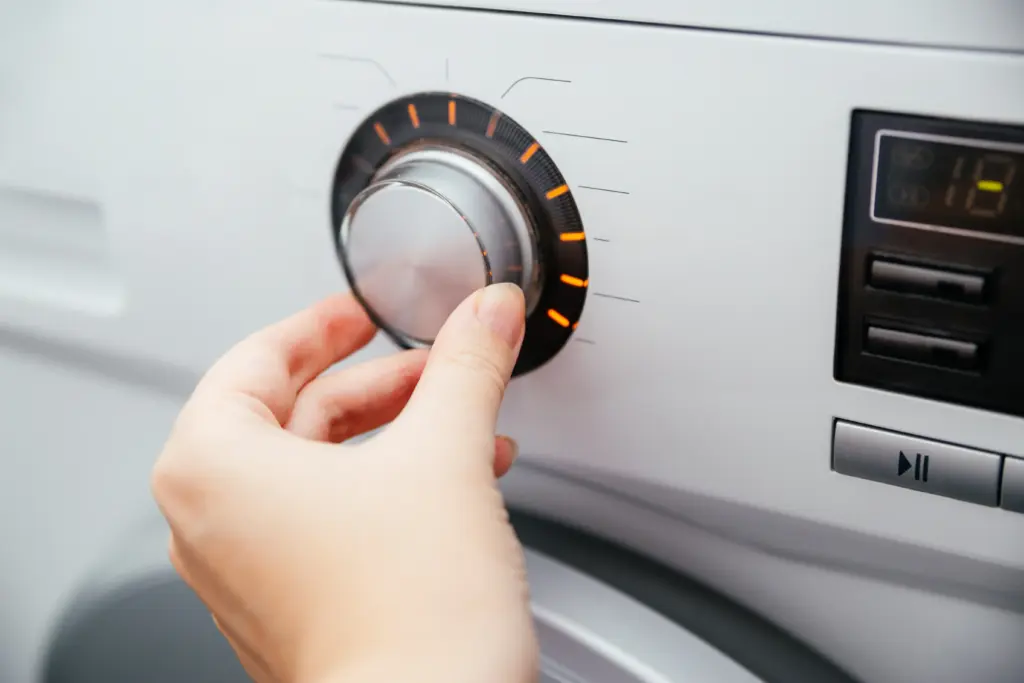
Why resets are needed
Modern washing machines are like small computers. They use microprocessors to coordinate water flow, temperature, spin speed, and sensors. Like a computer, they can freeze or misread data after power surges, outages, or interrupted cycles. A reset clears the temporary memory and forces the control board to reload its programming. Knowing how to reset washing machine controls gives you an effective first step in troubleshooting, saving both time and money.
When to reset your washing machine
Resets are useful in several common scenarios. If your washer won’t start a cycle even though the door is closed, resetting may help. If the display panel is frozen or buttons do not respond, a reset often restores control. Error codes caused by one-time glitches, such as an unbalanced load or momentary water pressure drop, usually clear after a reset. It’s also a good idea to reset after fixing minor issues like unclogging a drain filter or redistributing laundry. However, frequent resets are a warning sign that deeper problems may be present.
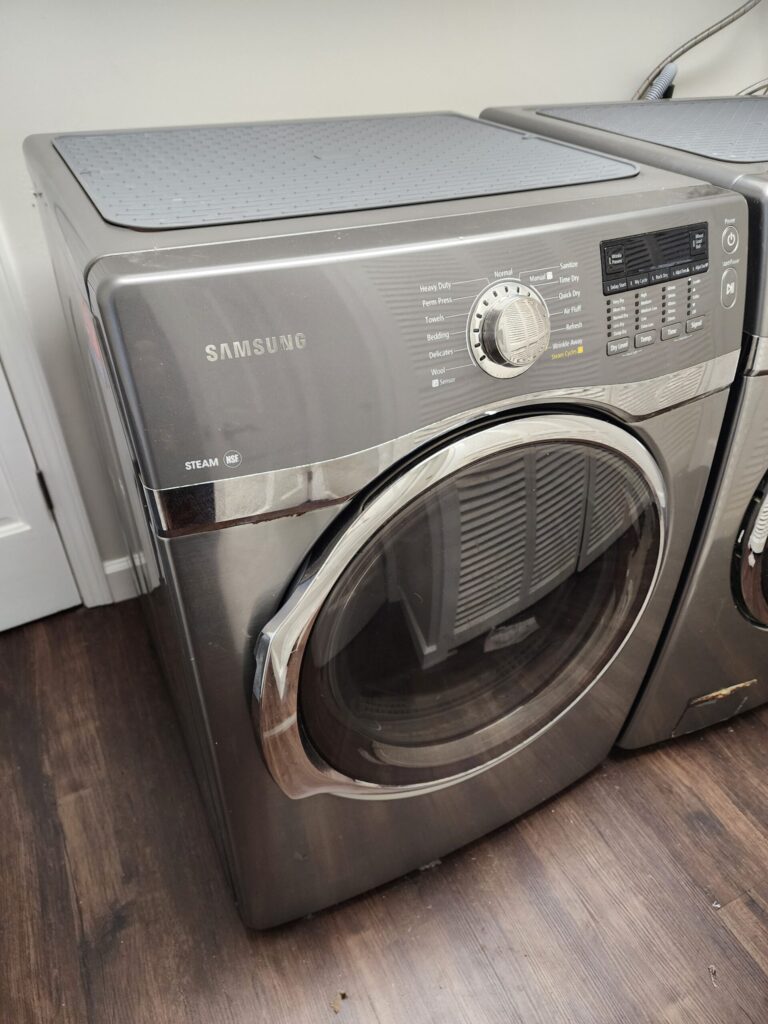
Basic reset method
The universal reset process is called power cycling. Start by turning the machine off and unplugging it from the wall. Wait between one and five minutes—long enough for residual electrical charge in the control board to dissipate. Plug the washer back in, turn it on, and reselect your cycle. This simple process works across most brands, from Samsung to LG, GE, and Whirlpool. It is the starting point for anyone learning how to reset washing machine functions safely.
Soft resets versus hard resets
Some washers respond to a soft reset using just the control panel. Pressing and holding the power or start button for a few seconds may reboot the system without unplugging. A hard reset, on the other hand, requires cutting power entirely by unplugging the washer or flipping the breaker. Soft resets are convenient for minor glitches, while hard resets are more effective for frozen panels or repeated error codes. Both methods are part of how to reset washing machine models depending on severity of the issue.

Brand-specific resets
Each brand may also include unique reset procedures. Samsung washers often clear errors after a simple power cycle. LG models sometimes include button combinations that reset specific functions. GE washers may have a service mode that resets the control board through panel inputs. While the general process is similar, checking your owner’s manual or manufacturer’s website ensures you follow the right steps for your specific model. For example, Samsung Support and LG Support offer detailed reset instructions for different models.
Safety precautions before resetting
Always unplug the machine before attempting a hard reset. Ensure your hands are dry and the surrounding floor is free from water to prevent electrical shock. If your washer is installed in a tight laundry closet or stacked configuration, take care when moving it to reach the outlet. For hardwired machines, switch off the breaker. These steps keep the reset process safe while you troubleshoot.
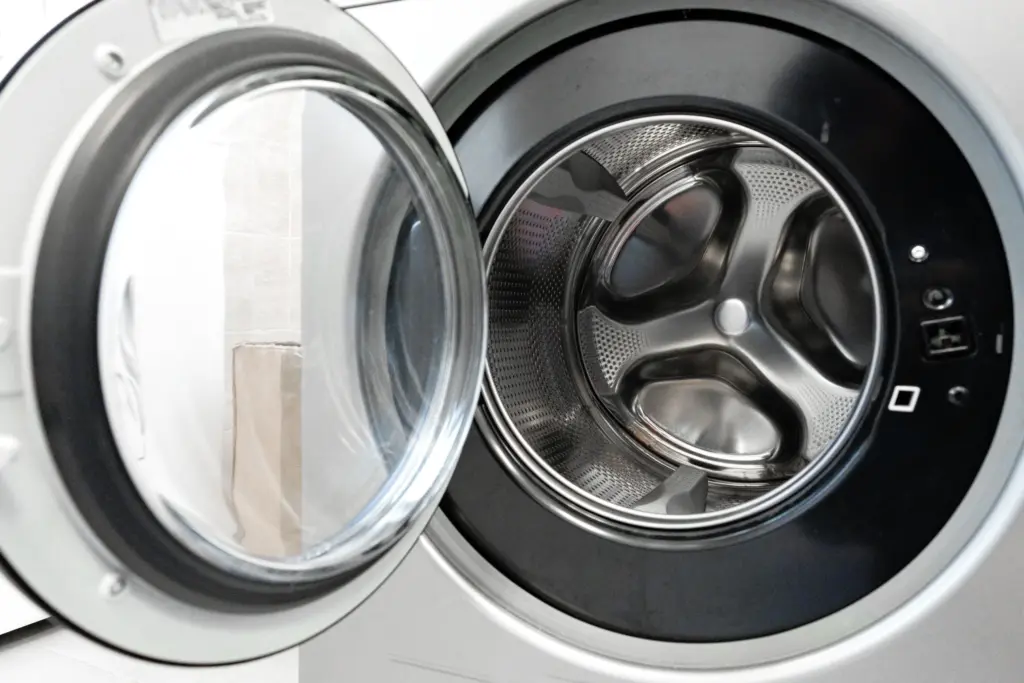
What a reset can and cannot fix
A reset is designed to clear software glitches and restore communication between sensors and the control board. It cannot repair a broken pump, worn drive belt, faulty valve, or damaged wiring. If your washer repeatedly shuts off mid-cycle, makes loud grinding noises, or leaks water, a reset will only provide temporary relief at best. Understanding the limits of how to reset washing machine models prevents wasted effort and ensures timely professional intervention.
Resets and maintenance
Frequent errors may be a sign that maintenance is overdue. Clean the drain pump filter every few months, run a tub clean cycle with an approved cleaner, and avoid overloading the drum. These habits reduce stress on sensors and motors, lowering the chance of glitches that require resets. If you live in an area with hard water, periodic descaling helps protect heating elements and water level sensors. For detailed care advice, see our washing machine service page.
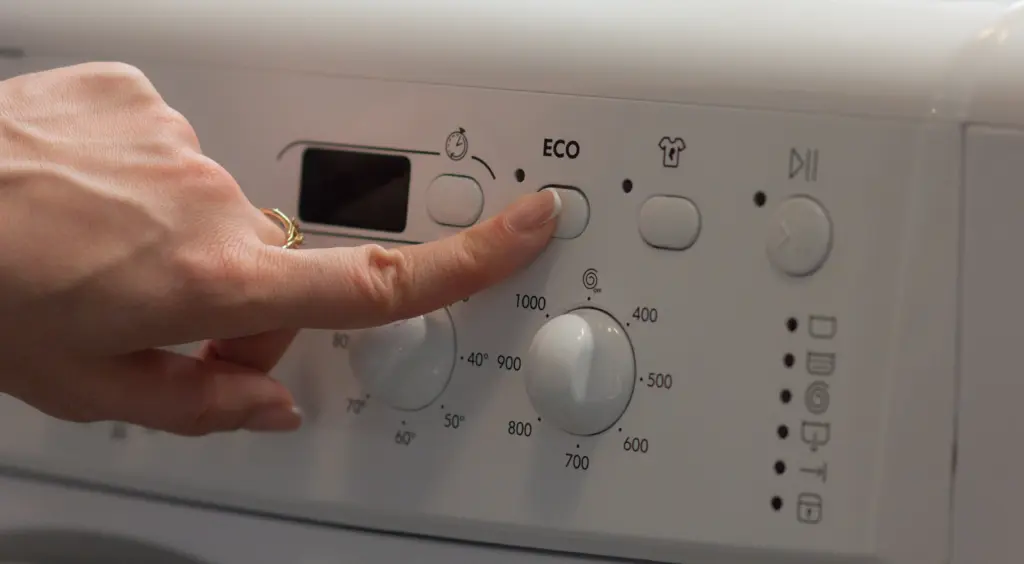
Common issues that lead to resets
Some of the most frequent situations include unbalanced loads causing spin interruptions, clogs in drain hoses, or minor sensor misreads after power outages. In these cases, a reset clears the error code and restores normal operation. However, if the same problem repeats, it points to underlying mechanical issues such as a failing pump or worn suspension rods. Recognizing the difference between a one-time glitch and a recurring failure is essential.
Local repair trends
In Northeast Ohio, many service calls begin with owners asking how to reset washing machine controls after repeated codes like “OE” (drain error) or “UE” (unbalanced load). Sometimes a reset helps temporarily, but clogs, pump wear, or bearing problems eventually require hands-on repair. We also see machines that shut down mid-cycle and appear to work again only after resets—this often signals control board fatigue. If your washer constantly demands resets, it’s best to schedule a diagnostic check.
Resets for smart washers
Wi-Fi enabled models sometimes need resets at both the appliance and app level. Disconnecting the machine from the manufacturer’s app, power cycling, and reconnecting often resolves connectivity issues. Firmware updates also reduce the need for frequent resets. Staying updated ensures that software bugs don’t disrupt performance, especially in households that depend on remote start and monitoring features.
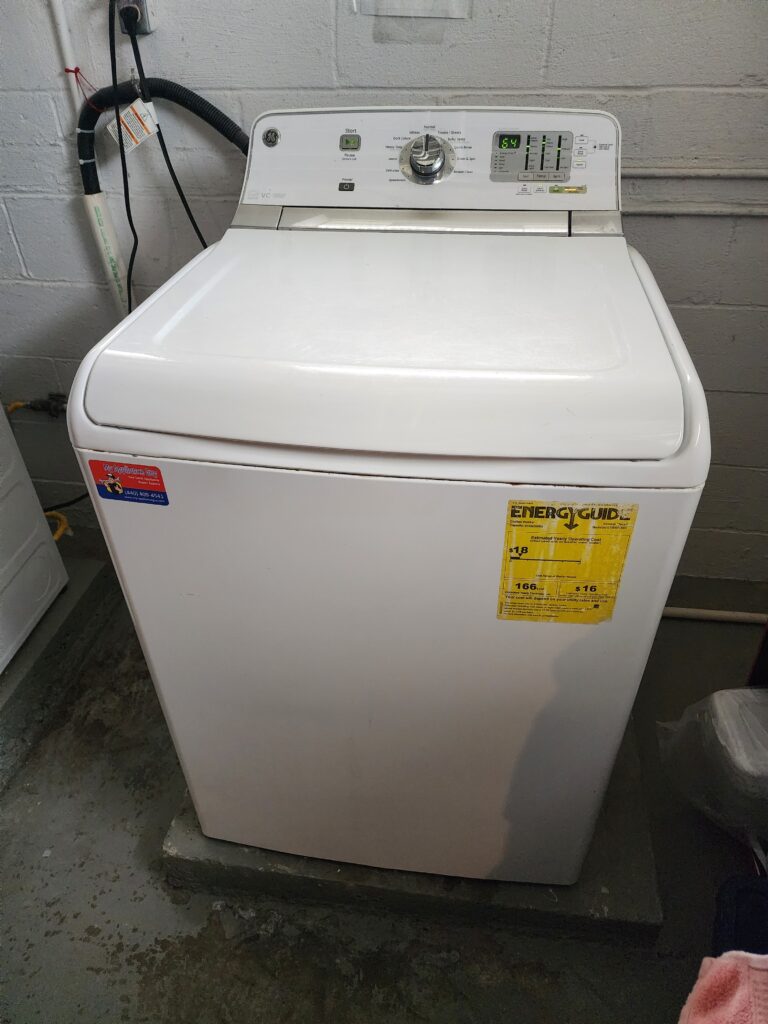
When to call for service
If your washer ignores resets, repeatedly shows the same error, or stops mid-cycle even after troubleshooting, it’s time for expert help. Professional technicians have tools to test valves, pumps, wiring, and control boards, pinpointing the true cause. For reliable washer repair in Northeast Ohio, My Appliance Guy offers service across all major brands, ensuring your appliance returns to dependable operation.
Talk to a local expert for reliable solutions
If you’re unsure how to reset washing machine correctly or want help diagnosing recurring issues, call My Appliance Guy at (440) 409-4541. Our technicians can walk you through safe steps over the phone or schedule in-home service to restore performance.
So, how to reset washing machine models at home? Start with a soft reset, move to a hard reset if necessary, and use these steps as your first troubleshooting tool. Resets clear temporary faults but do not replace the need for proper care and timely repairs. With the right balance of maintenance and professional service, your washing machine can deliver reliable performance for years to come.


